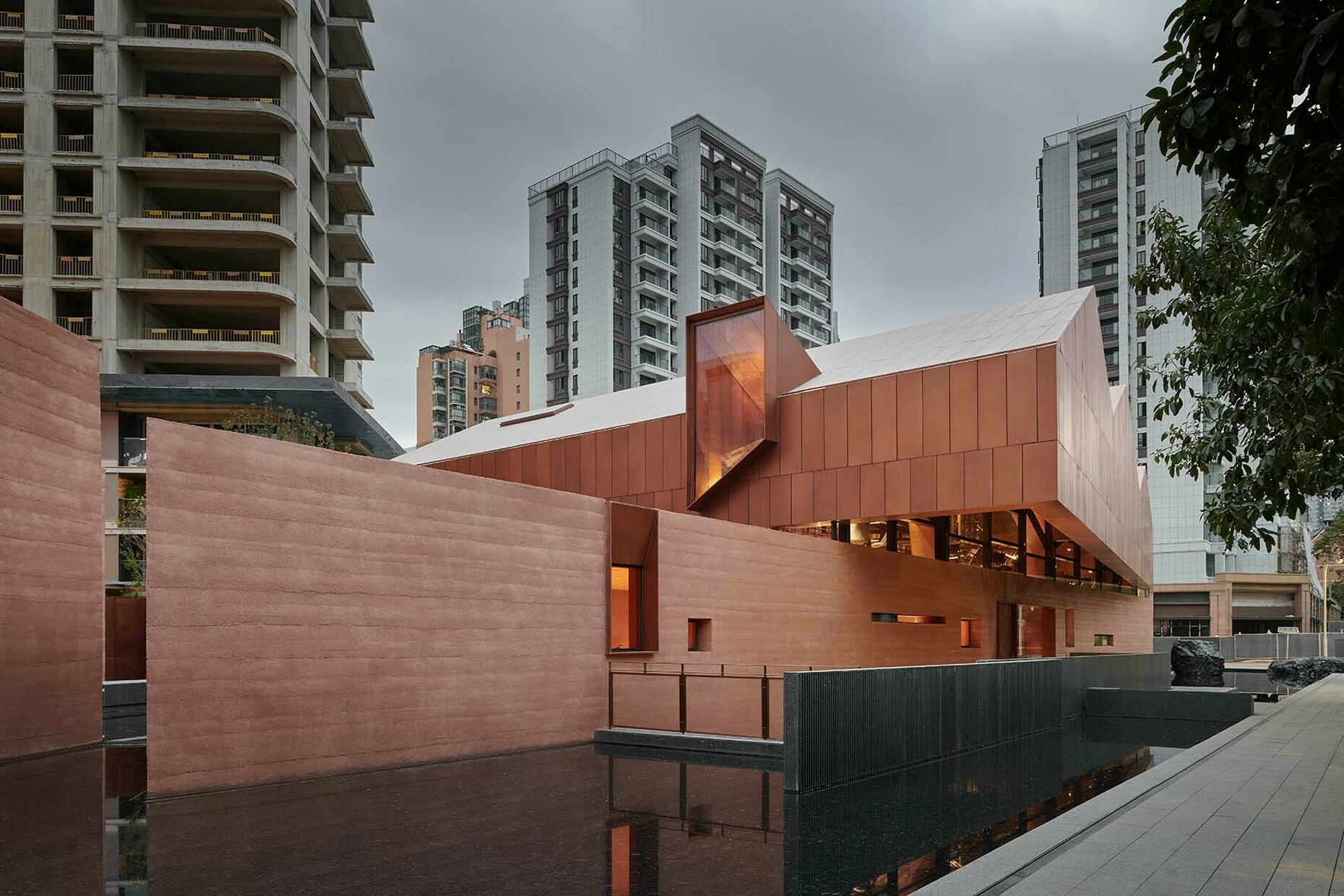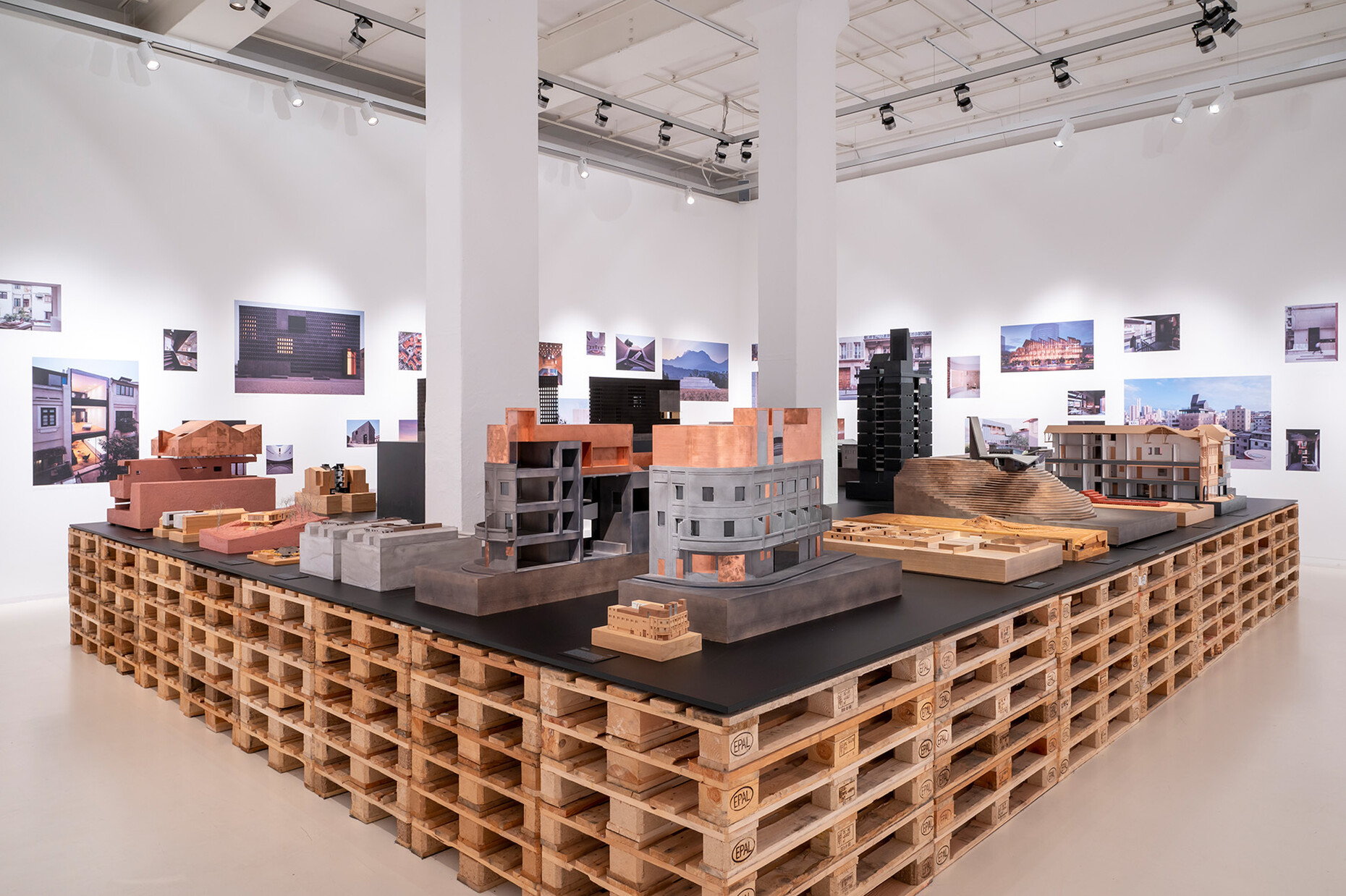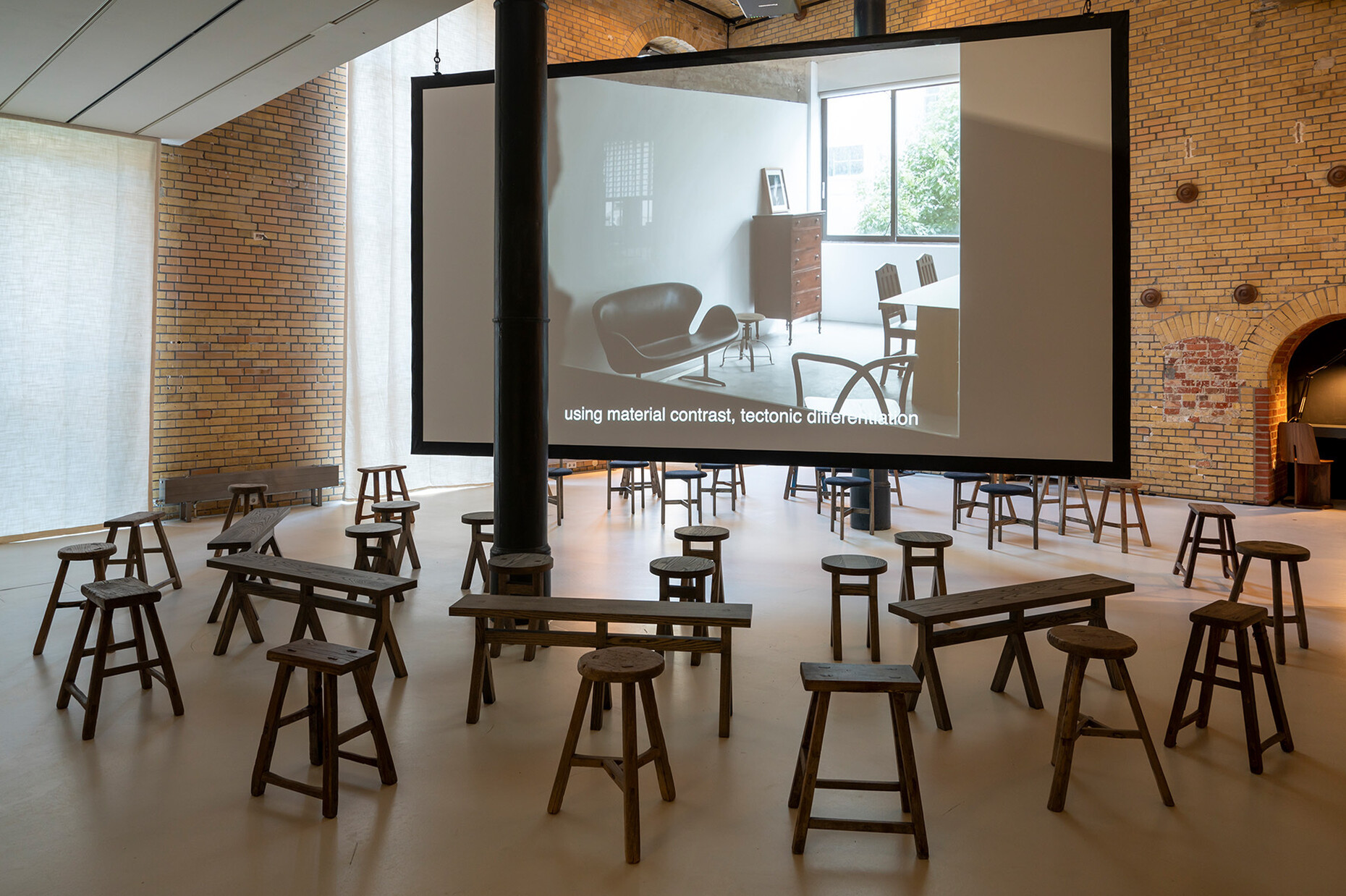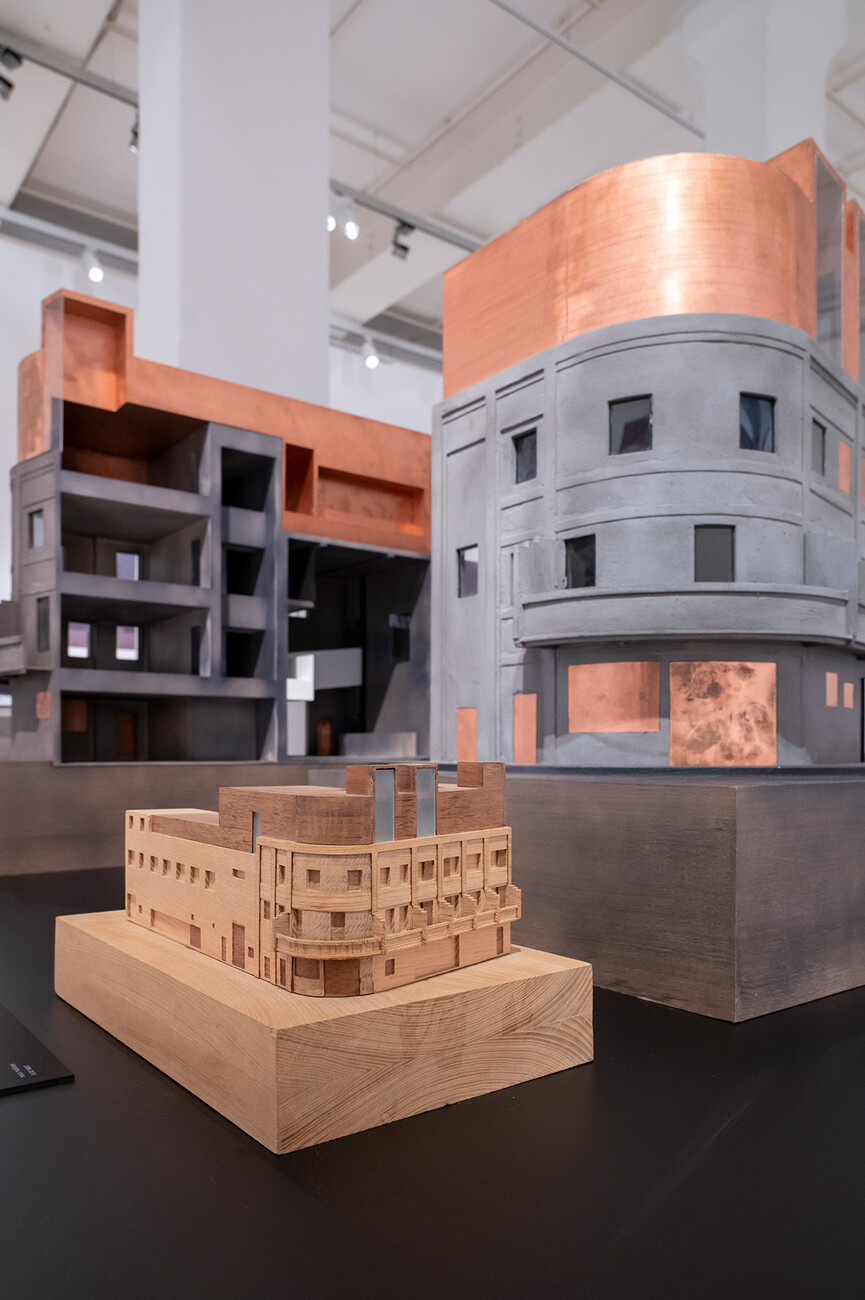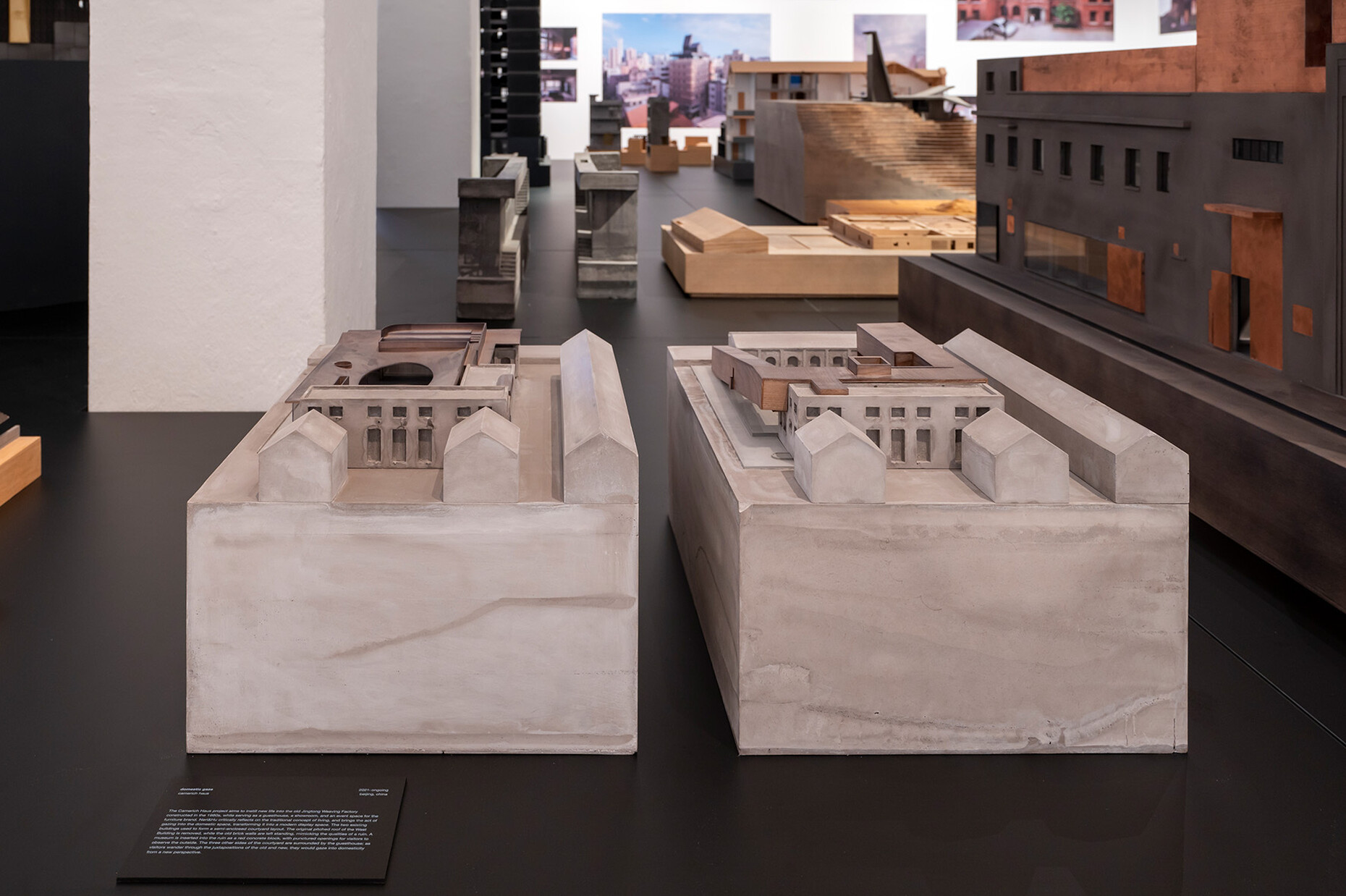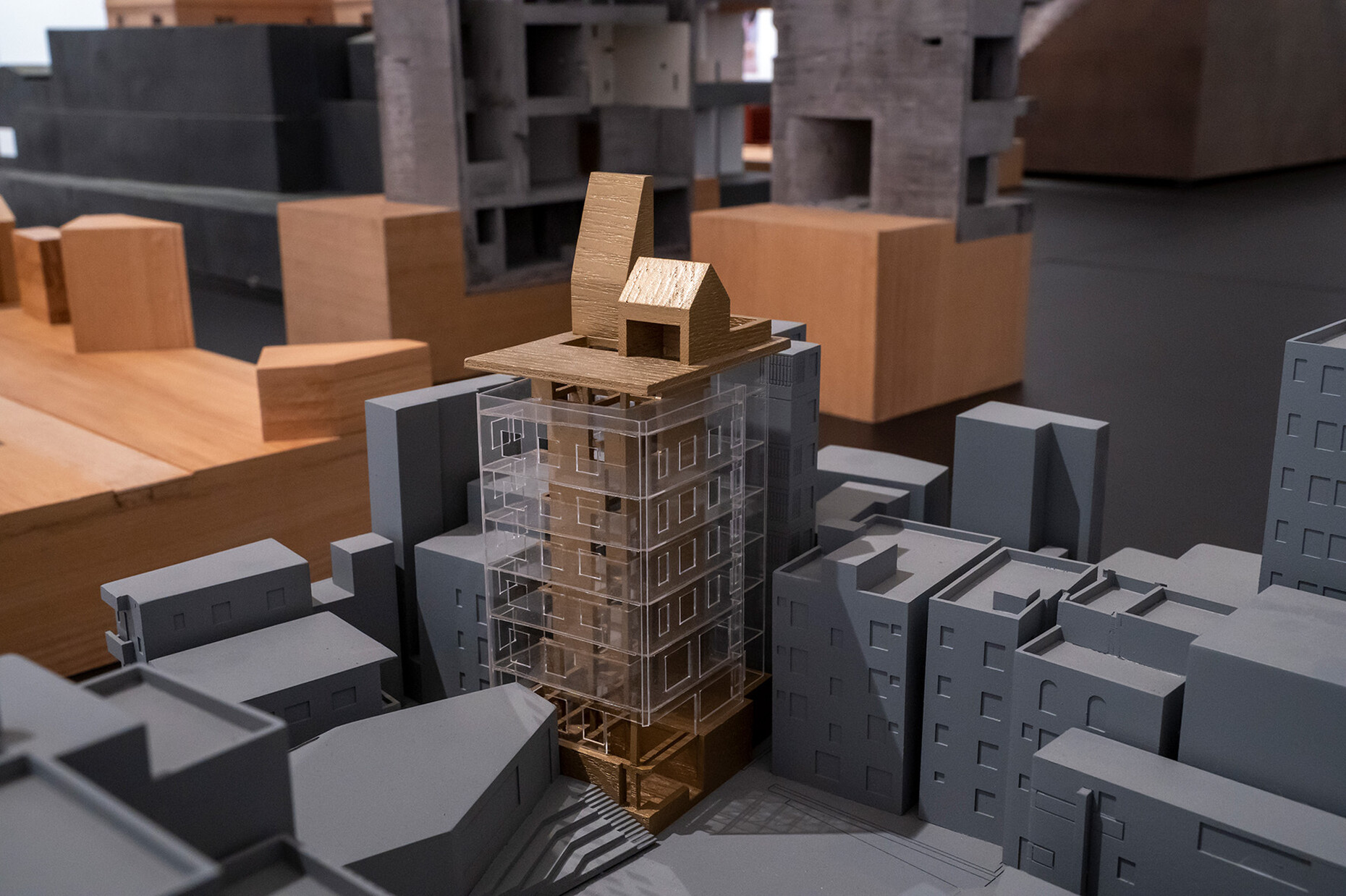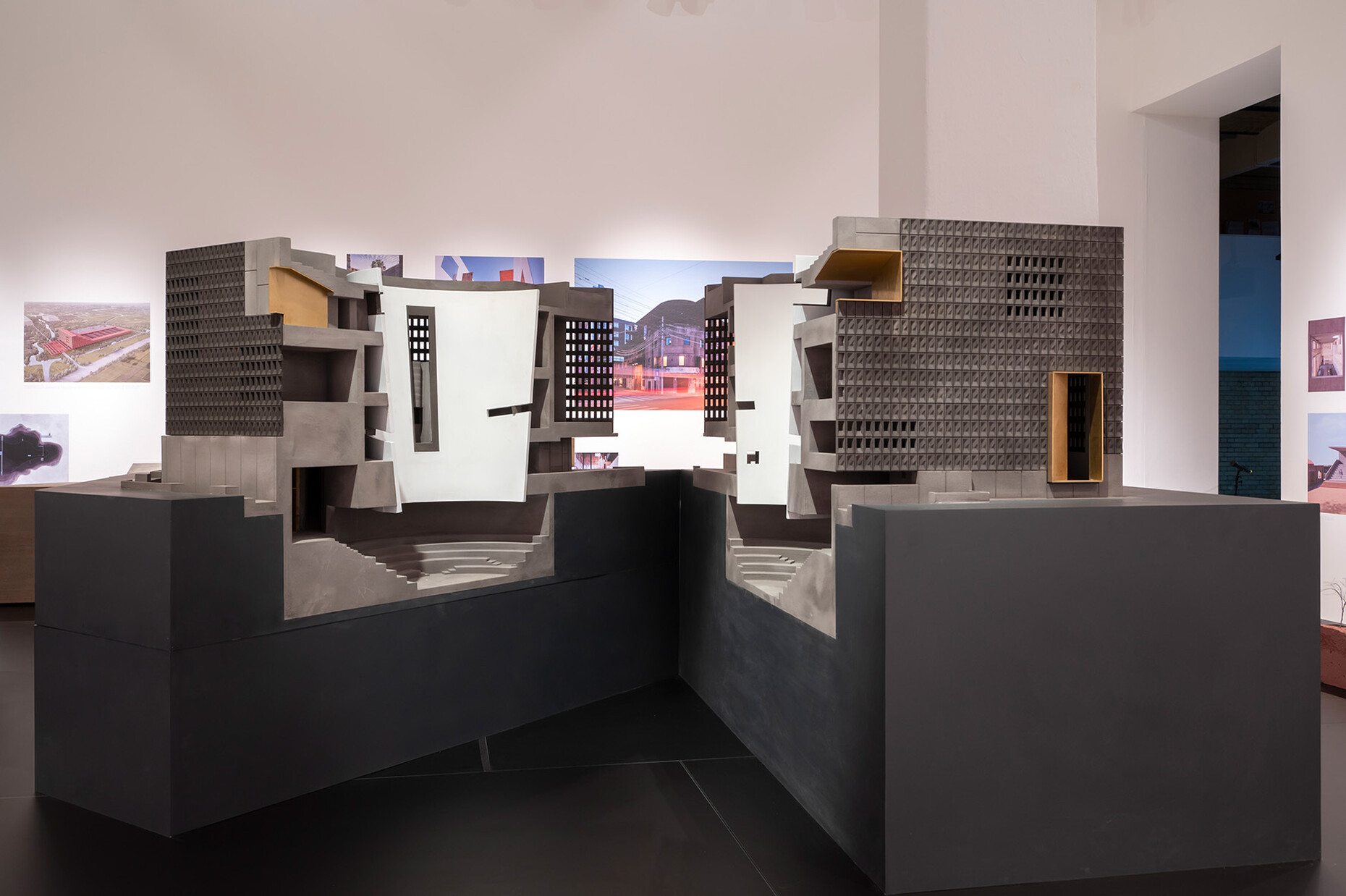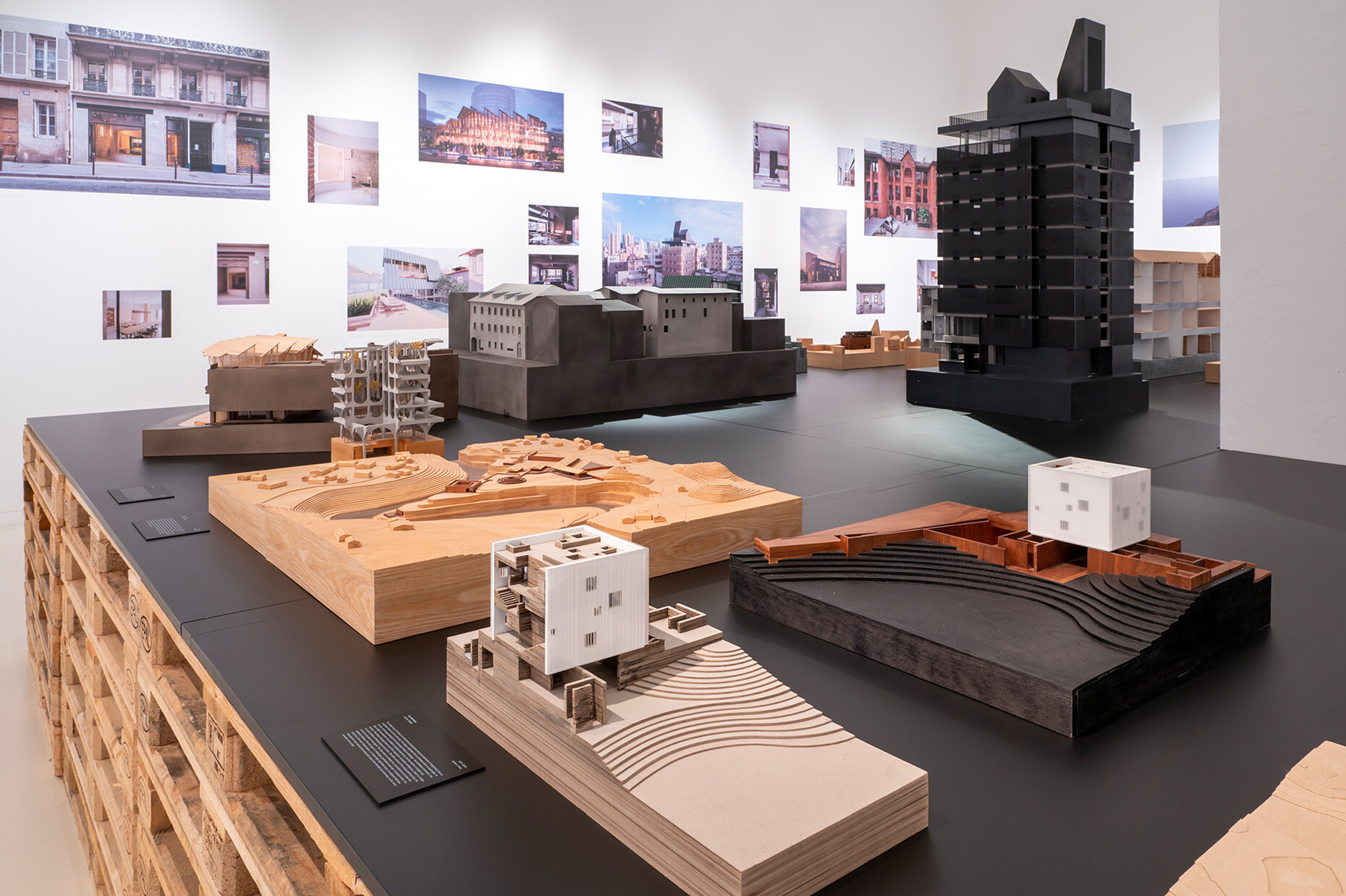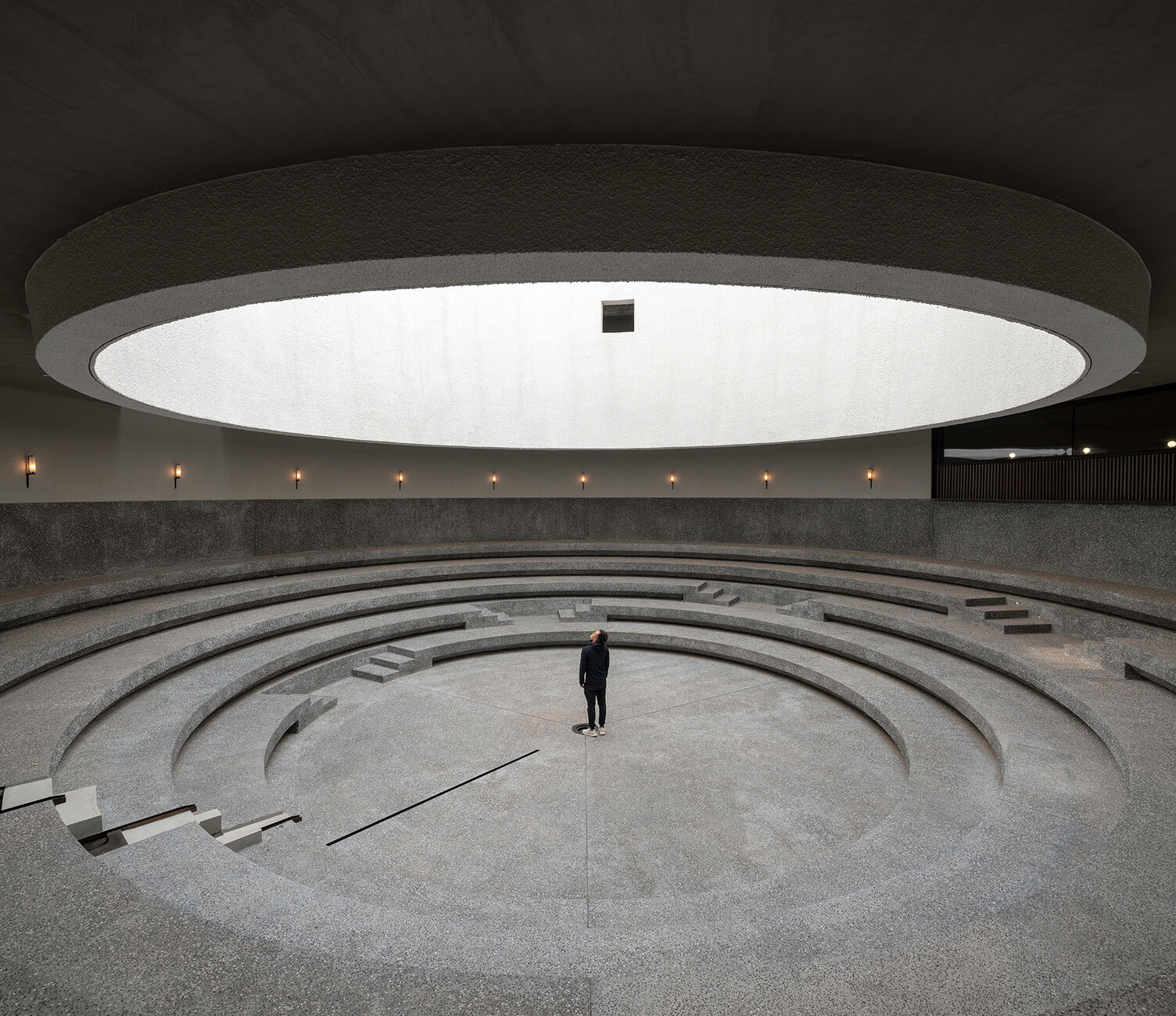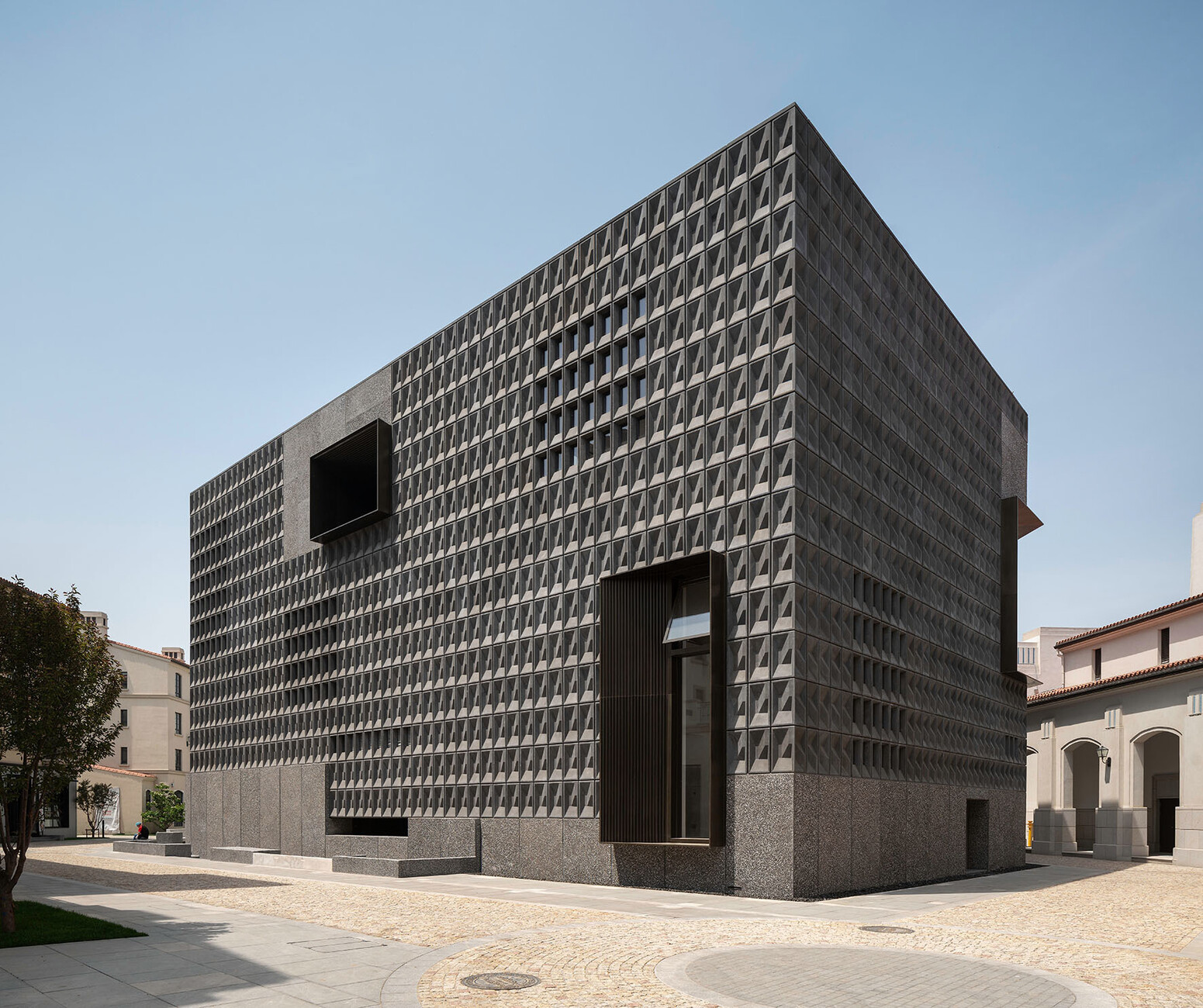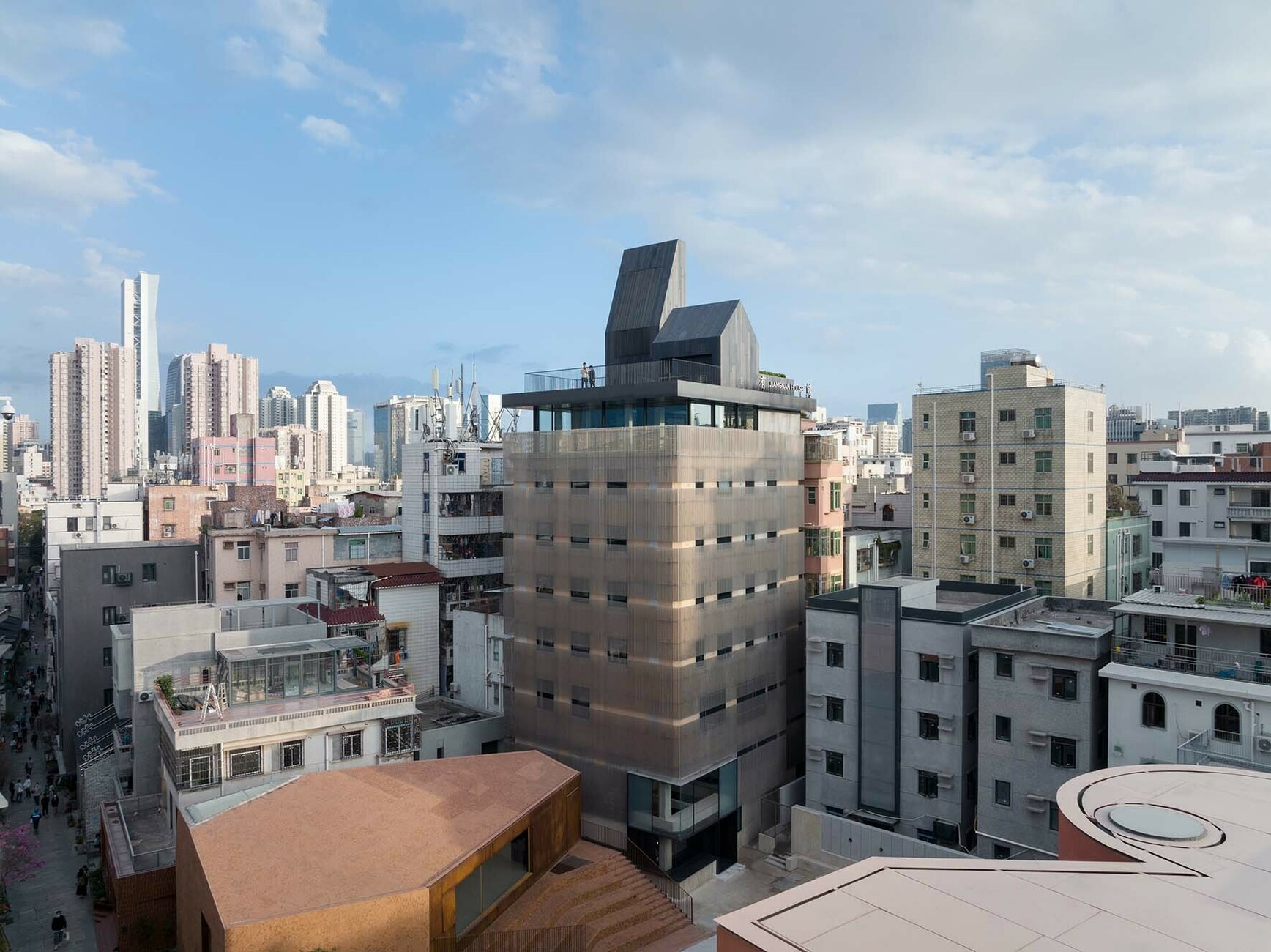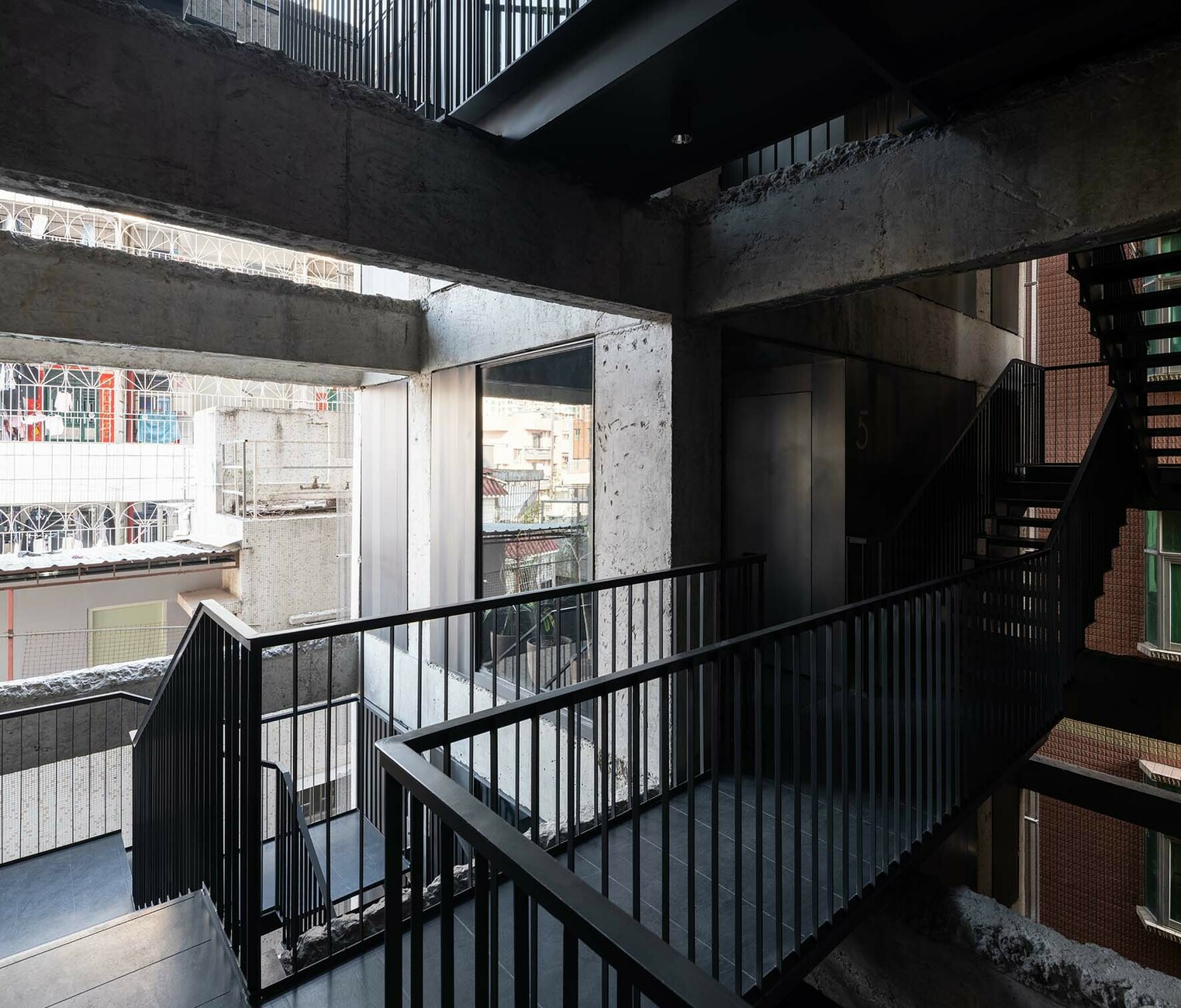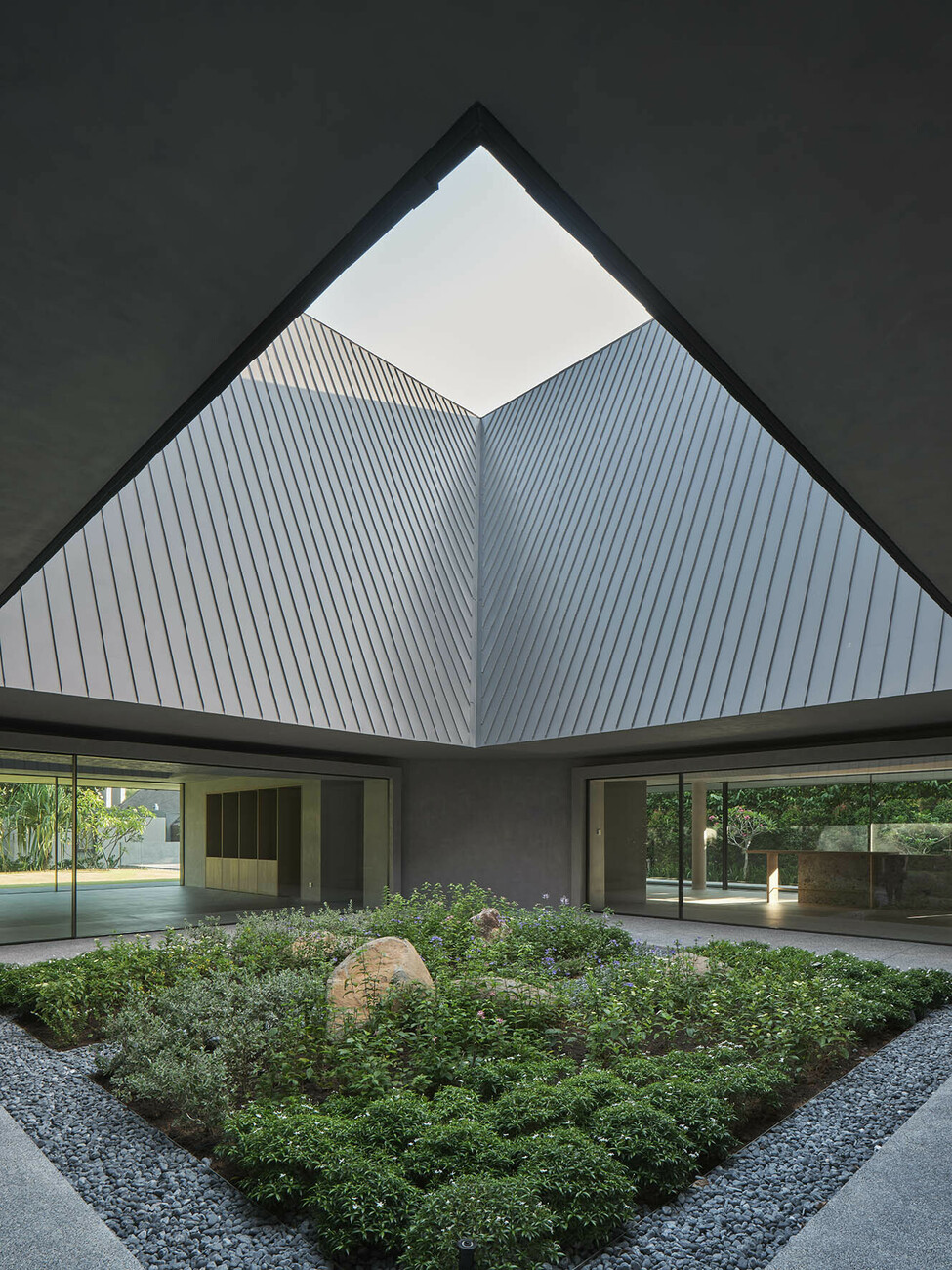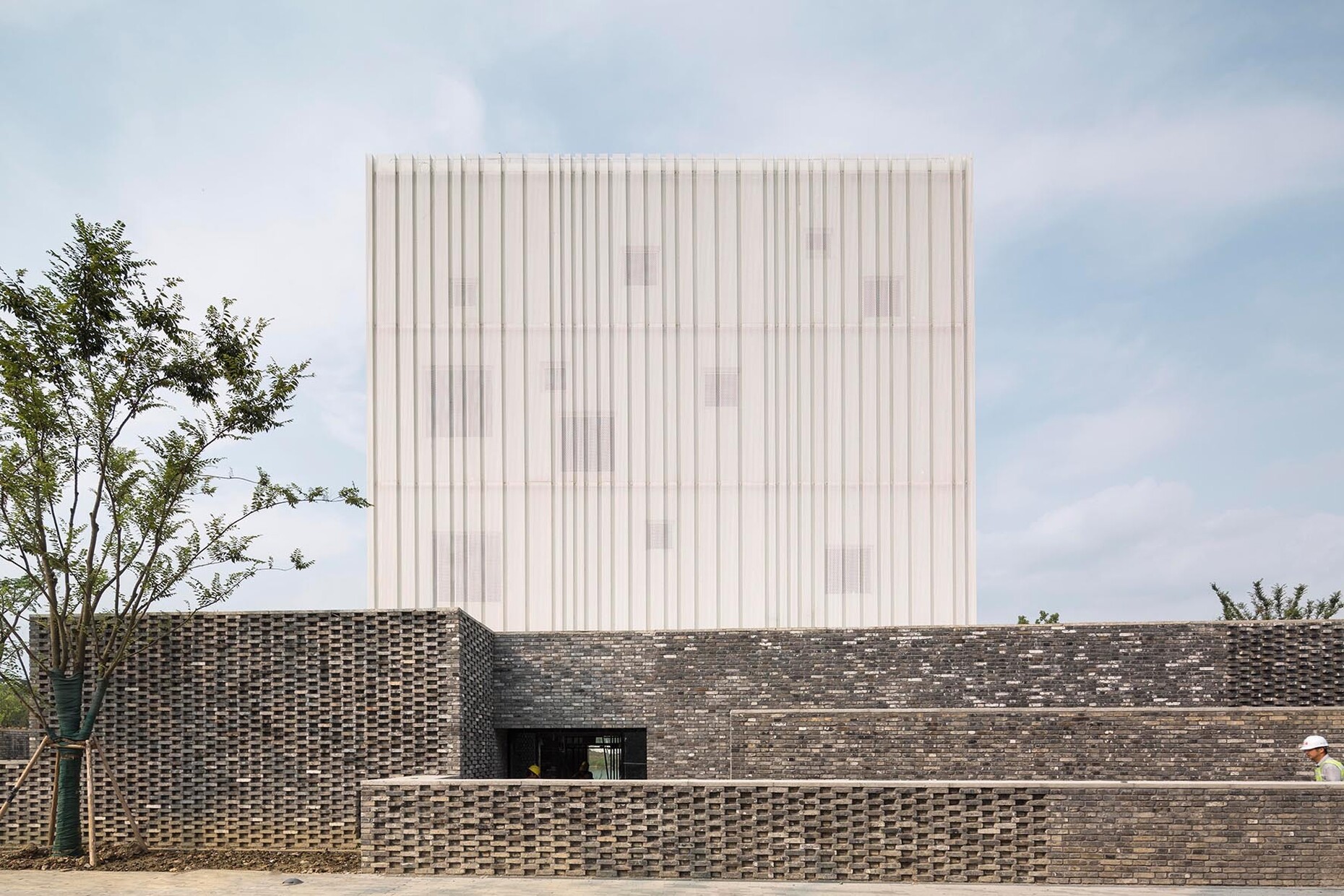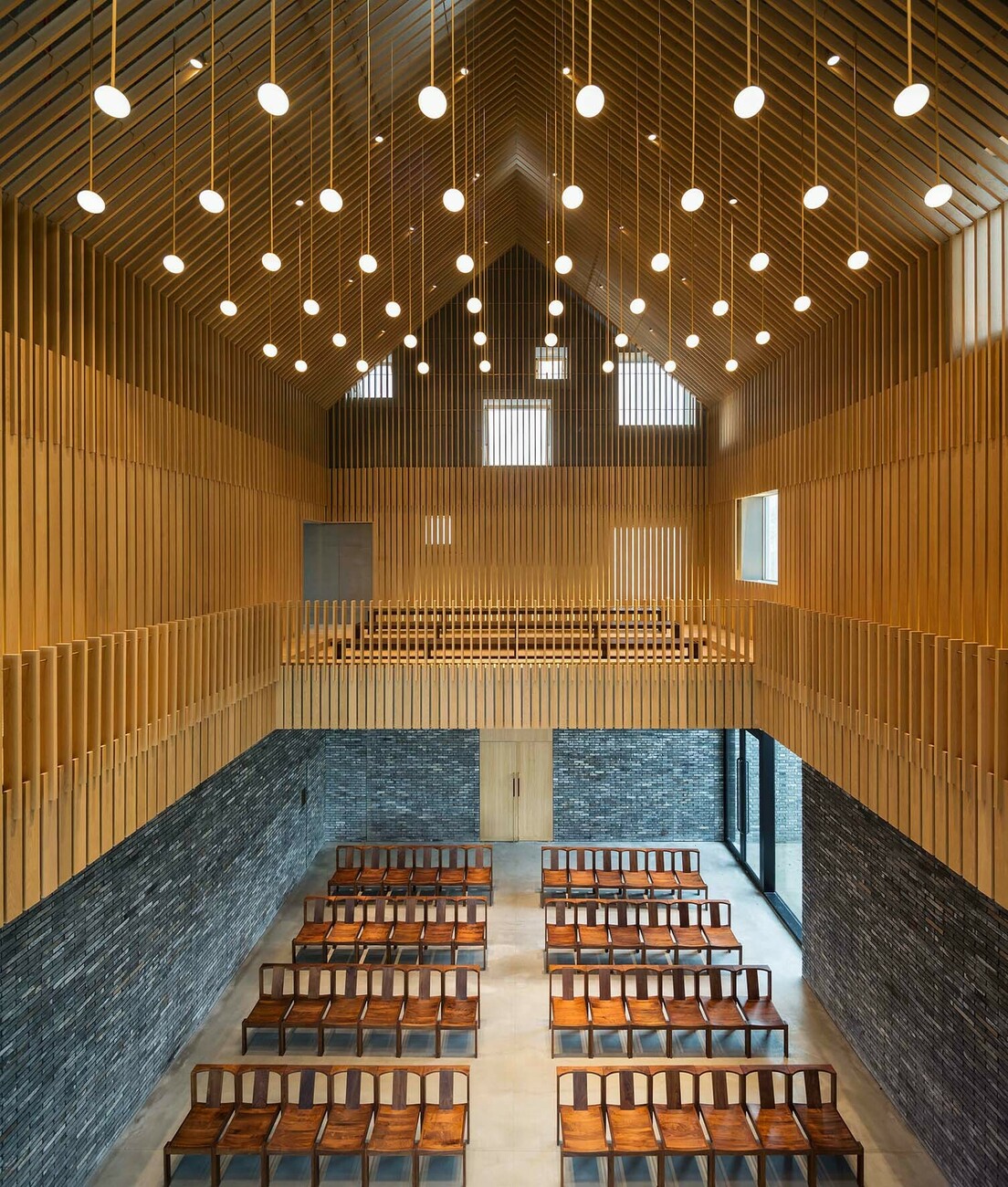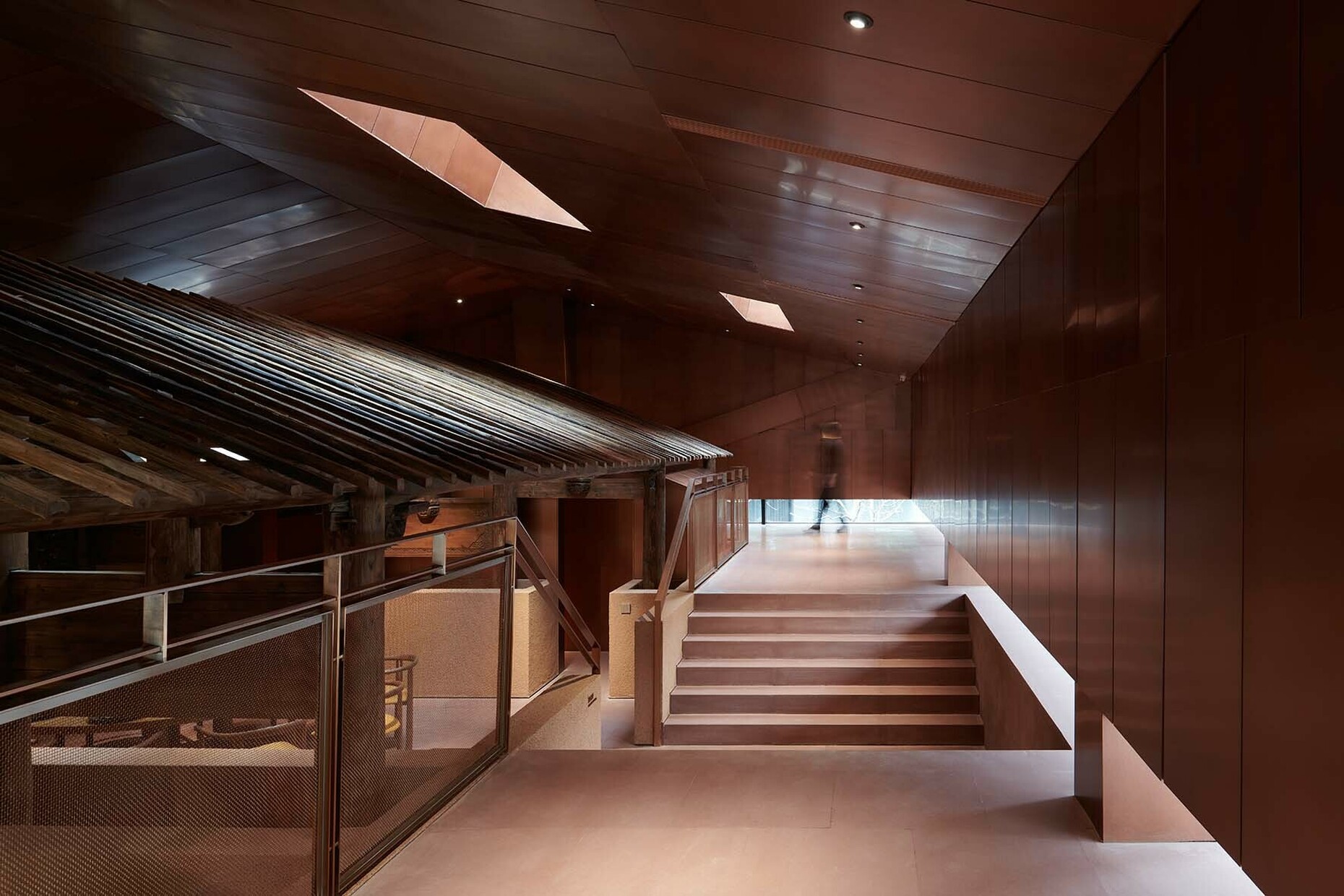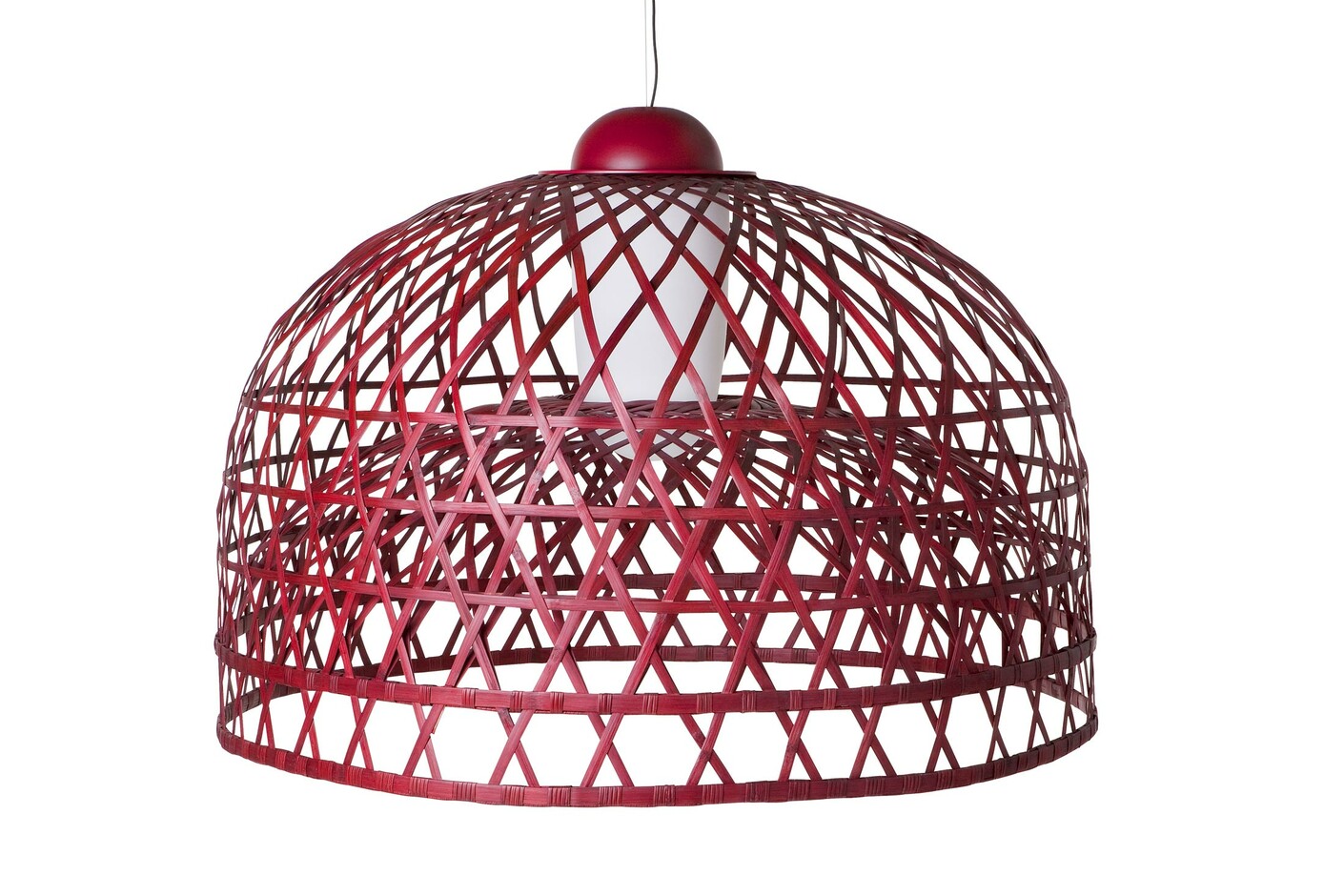Reflected nostalgia from China
When the Berlin architecture gallery Aedes announces the Neri & Hu exhibition by saying that the "Chinese avant-garde in architecture, research and teaching, product and interior design" has now "arrived in Europe", this is only a slight exaggeration. In fact, the office of Rossana Hu and Lyndon Neri has long been one of the most interesting voices from China. And indeed, they have been increasingly active in Europe for a few years now, where they are currently planning a restaurant in Paris, a hotel in London or an office building in Cologne, among other things. But beyond that, Neri & Hu have always been interested in all scales, ever since they founded their office in Shanghai in 2004. And so, in the almost 20 years since then, they have not only designed conversions and new buildings of all scales, but also successfully designed furniture, shops and showrooms. There is no clear signature of Neri & Hu, and the two do not attach any importance to it. But what is it that connects their projects across all fields of activity? In the exhibition, they try to develop a common thread.
The exhibition is now entitled "Reflective Nostalgia". Neri & Hu have been using the term for some time, borrowing it from the Russian-American cultural theorist Svetlana Boym (1959-2015). In her writings, Boym repeatedly dealt with the relationship between modernity and nostalgia, i.e. the progressive forward thrust and its countermovement, the conservative holding on and preservation. These thoughts by Boym obviously fell on fertile ground with Neri & Hu, as they also see the two poles in their work. For although they clearly define themselves as children of modernity and as contemporary designers, they are critical of many effects of this very modernity: as examples they cite the disappearance of local characteristics and differences of cities due to globalisation. "Away from the polarising developments between technological progress and kitschy historicism, which globally but especially in the Asian region blur the differences between cities that are otherwise culturally unique and highly diverse, and give rise to vast landscapes of anonymous, characterless cities." It is precisely this anonymity that Neri & Hu's design practice is directed against, attempting to mix the old and the new on an equal footing.
How this can work is best seen in the architectural projects selected for the exhibition. In the Vertical Lane House (2010), they added a dynamically rounded crown of Corten steel to a rugged 1930s existing building, originally constructed by the Japanese army, while radically cutting open the interior of the building to create spaces for its new use as a hotel. At the Tea House (2021) in Fuzhou, they incorporated the remains of a Qing Dynasty wooden house into a spectacular new building of copper panels and red-coloured stamped concrete walls. And the whiskey distillery they designed at the foot of one of the four sacred Buddhist mountains, the Emei Shan, picks up on traditional Chinese design philosophies with the loose distribution of individual buildings, which view house and landscape as a multi-layered unity.
About 30 projects are presented that have either already been completed or are currently in planning. Most of them are assembled as architectural models on a large island made of Euro pallets, which stands in the middle of the exhibition space. On the walls all around are photos of the projects, on the floor are texts explaining them. Films are also shown. This requires a certain ability to combine which photos belong to which films and which models. In addition, the absence of plans for the projects is a bit of a hindrance to fully understanding the amalgam of old and new. Not a single plan can be found in the small exhibition catalogue either. On the other hand, the flow of images creates a different, coherent narrative of Neri & Hu's entire design work, which no longer dwells too much on individual projects, but rather reports on the big picture and "reflective nostalgia". Incidentally, this also includes the chairs set up in front of the large projection screen. They, too, are (of course!) designs by Neri & Hu, and you can recognise the connections to historical Chinese craftsmanship in their shape, while you can also sit comfortably on them in a completely contemporary way.
Reflective Nostalgia
Neri&Hu Design and Research Office, Shanghai
with offices in London, Paris and Milan
Until 30 November 2022
Aedes Architecture Forum
Christinenstr. 18-19
10119 Berlin
Opening hours:
Monday 13 to 17 h
Tuesday to Friday 11 am to 6:30 pm
Sunday and public holiday 13 to 17 h
